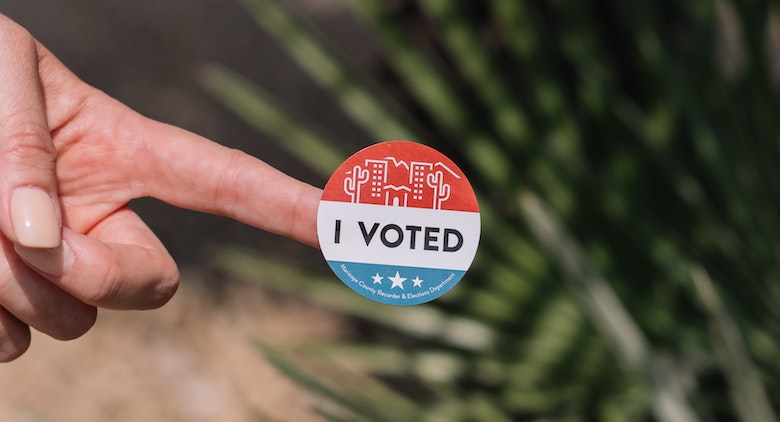
The Five Things Small Businesses Need to Know about the Employee Retention Tax Credit

Small businesses are reeling from the economic impact of the coronavirus. To take just one industry example, 97% of restaurant operators* reported that their total dollar sales volume between April 10 – 16 was down 78% on average compared to the same period in 2019, according to the National Restaurant Association.
The combination of these losses with uncertainty about when things might return to a post-outbreak version of normal and what that might look like has resulted in what the National Restaurant Association estimates is more than 8 million restaurant employees suddenly out of work. According to the Association, 88% of restaurant operators say they have laid off or furloughed employees since March. On average, operators have cut 83% of their restaurant’s total staff. A staggering 41% laid off or furloughed all of their staff.
As part of the $2.2 trillion Coronavirus, Aid, Relief and Economic Security (CARES) Act passed on March 27, 2020, eligible employers, i.e., those with economic hardship related to COVID-19, can claim an employee retention credit (section 2301), designed to help small businesses like restaurants stay in business and keep workers on the payroll.
The employee retention credit is a refundable tax credit that provides 50% of up to $10,000 in qualified wages (up to $5,000 per employee), which includes health plan expenses, paid between March 12, 2020, and January 1, 2021.
Especially welcome news is that eligible businesses can reduce upcoming federal employment tax deposits or request an advance tax credit for any amounts not covered by the reduction in deposits.
Here’s what small businesses need to know.
1. How much is the credit worth?
The credit is capped at $5,000 per employee, or 50% of up to $10,000 total per employee, and applies towards certain employment taxes on wages paid to all employees after March 12, 2020, and before January 1, 20201. “Refundable” means that if the credit for which an employer is eligible is more than the employer’s total tax liability, the balance of the credit (what’s left after the credit “pays” for the tax you owe) is processed as a refund.
2. Who are eligible employers?
There are two groups of employers eligible for the employee retention tax credit. Eligible employers are those whose 2020 business operations have been partially or fully suspended due to governmental orders due to COVID-19, such as those limiting commerce, travel, or group meetings, and those who have a significant decline in gross receipts compared to 2019. This includes tax-exempt employers. Self-employed individuals are not eligible.
The credit applies to qualified wages (including certain health plan expenses) paid during this period or any calendar quarter in which operations were suspended.
What is a “significant decline in gross receipts”?
Starting on the first day of the first calendar quarter of 2020, a significant decline in gross receipts is less than 50 percent of an employer’s gross receipts compared to the same quarter in 2019. Eligibility for the credit ends on the first day of the first calendar quarter after the quarter in which the employer’s gross receipts hit 80% of its gross receipts for the same calendar quarter in 2019.
3. What are qualified wages?
Broadly speaking, the credit applies to wages, including certain health plan expenses, paid starting March 12, 2020, in which operations were suspended or the business experienced a significant decline in gross receipts. The specific wages eligible for the credit is determined by the number of workers a business employs has.
- If you have more than 100 employees: Qualified wages are the wages paid to an employee for time that the employee is not providing services due to COVID-related reasons, such as a governmental order to shuts own or a significant decline in gross receipts.
- For employers averaging fewer than 100 employees during 2019: “Qualified wages” means all wages, including “health plan expenses allocable to wages,” regardless of whether paid employees were able to work or not. If the credit exceeds the employer’s liability for payroll taxes, the employer is eligible for a refund.
4. How does this tax credit affect other government relief?
- Employers receiving a Small Business Interruption Loan under the Paycheck Protection Program are not eligible for the Employee Retention Credit.
- Wages for this credit do not include wages for which the employer received a tax credit for paid sick and family leave under the Families First Coronavirus Response Act (FFCRA).
- Wages counted for this credit can’t be counted for the credit for paid family and medical leave under section 45S of the Internal Revenue Code.
- Employees are not counted for this credit if the employer is allowed a Work Opportunity Tax Credit under section 51 of the Internal Revenue Code for the employee.
5. When and how do I file for the credit?
Need relief right away? Eligible employers can access the credit immediately by reducing employment tax deposits they are otherwise required to make, including those for federal income tax withholding, employees’ share of Social Security and Medicare taxes, and the employer’s share of Social Security and Medicare taxes for all employees, up to the amount of the credit. Employers can do this without penalty, taking into account any tax credits they have received for paid sick and family leave under the FFCRA. (In other words, employers can’t take more than one tax credit per wage.)
If the business’s employment tax deposits do not amount to the full credit for which an employer is eligible, the employer can request an advance payment from the IRS.
To request an advance credit, use Form 7200, Advance of Employer Credits Due To COVID-19.
Otherwise, to claim the Employee Retention Credit, employers will need to report their total qualified wages and relevant health insurance costs for each quarter, beginning with the second quarter, on their quarterly employment tax returns (Form 941 for most employers).
How is the credit paid?
The refundable credit is applied against the employer portion of payroll taxes.
Looking for more information on how to help your business and employees weather the coronavirus storm? Check out our Coronavirus Resource Center.

See how Namely's flexible solution will help you streamline your HR processes by having your people, payroll, and benefits info all in on place.
Get a demoGet the latest news from Namely about HR, Payroll, and Benefits.
Thanks for subscribing!


Get the latest news from Namely about HR, Payroll, and Benefits.
Thanks for subscribing!



